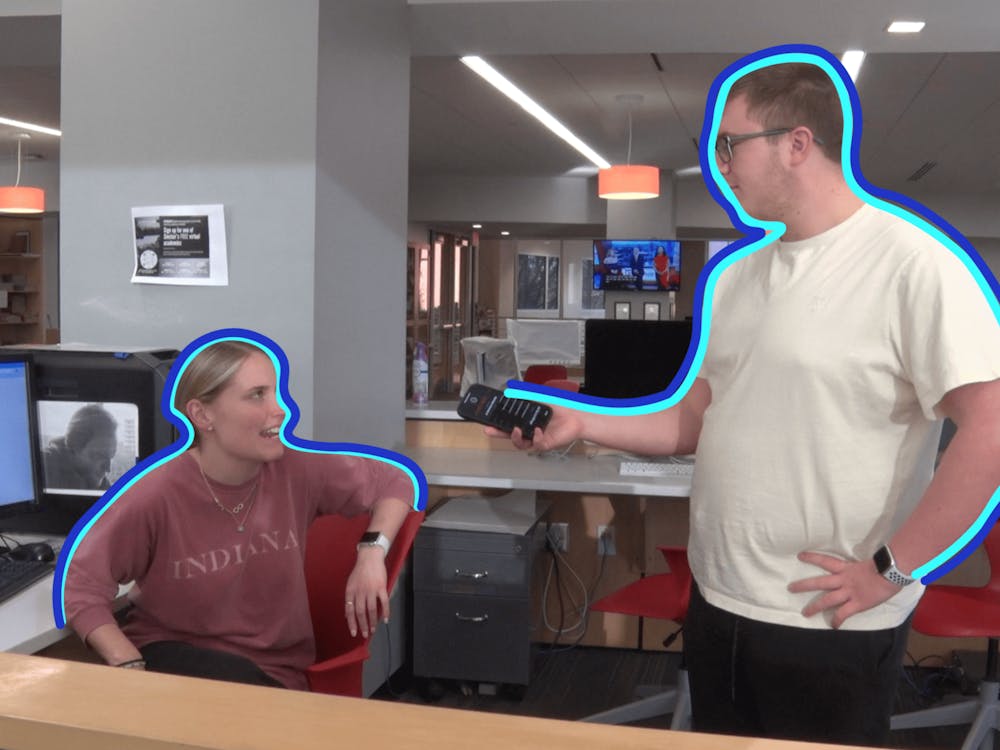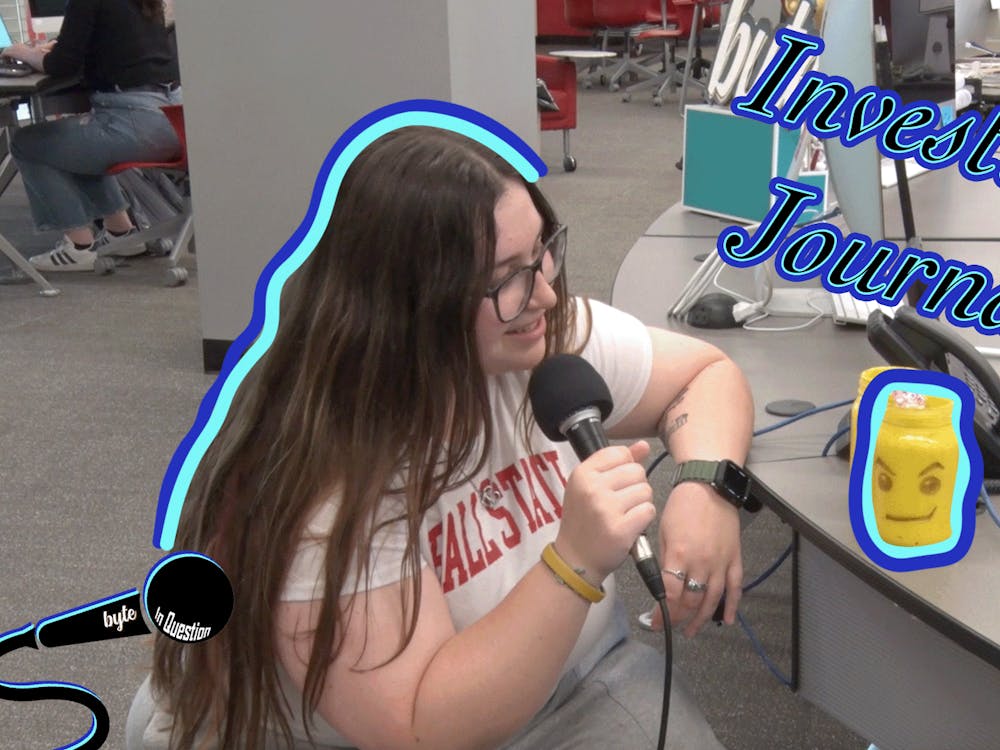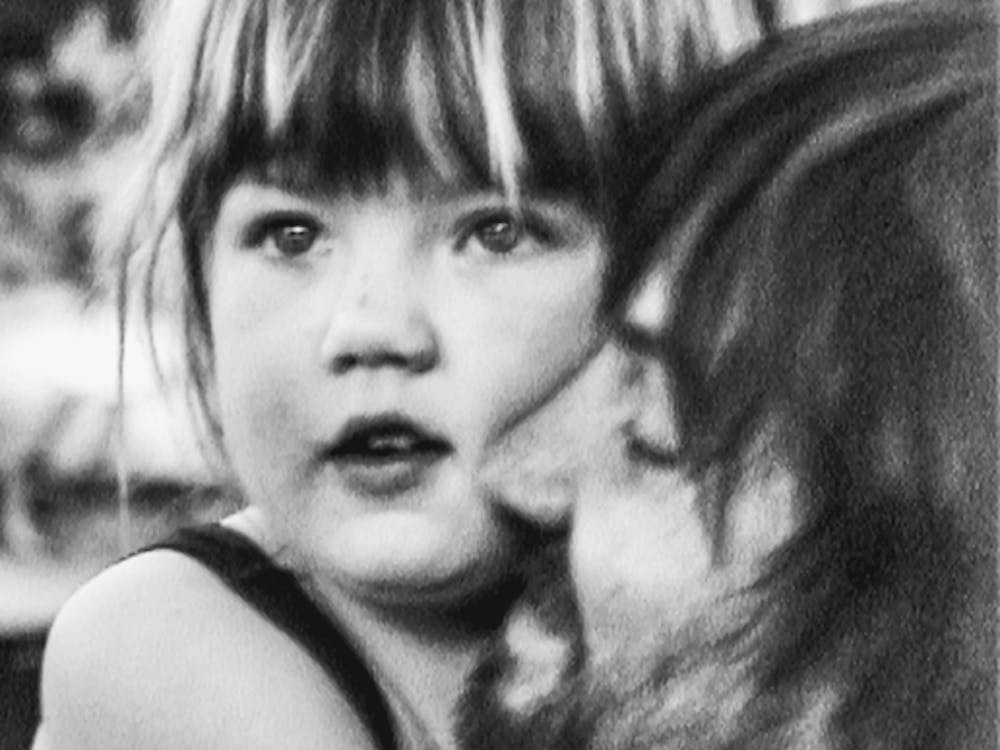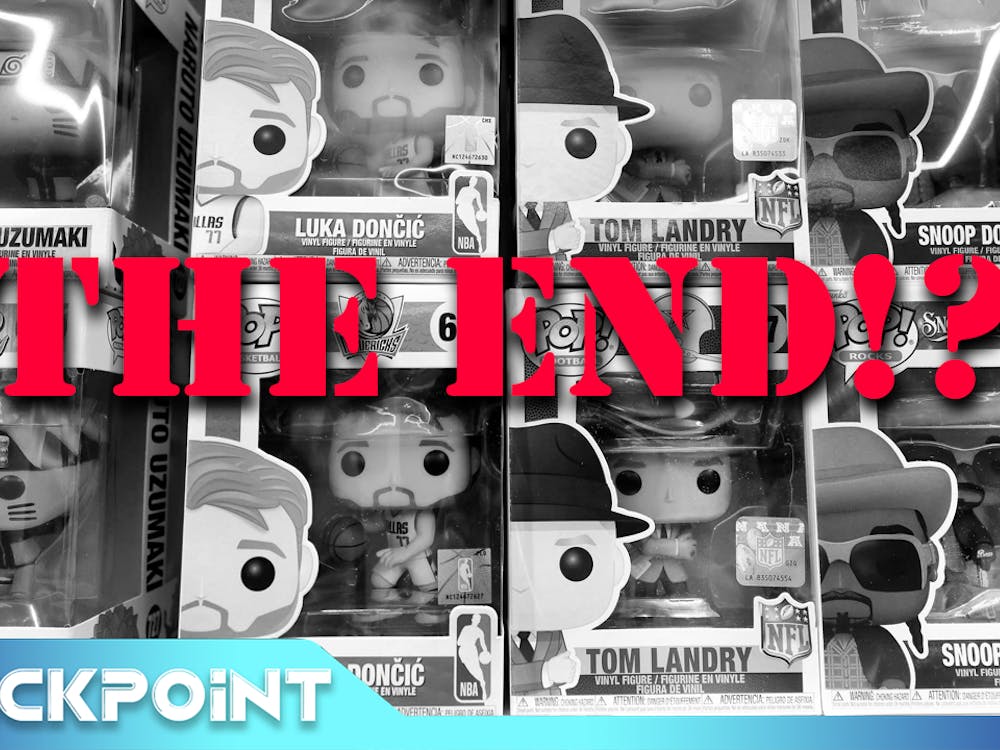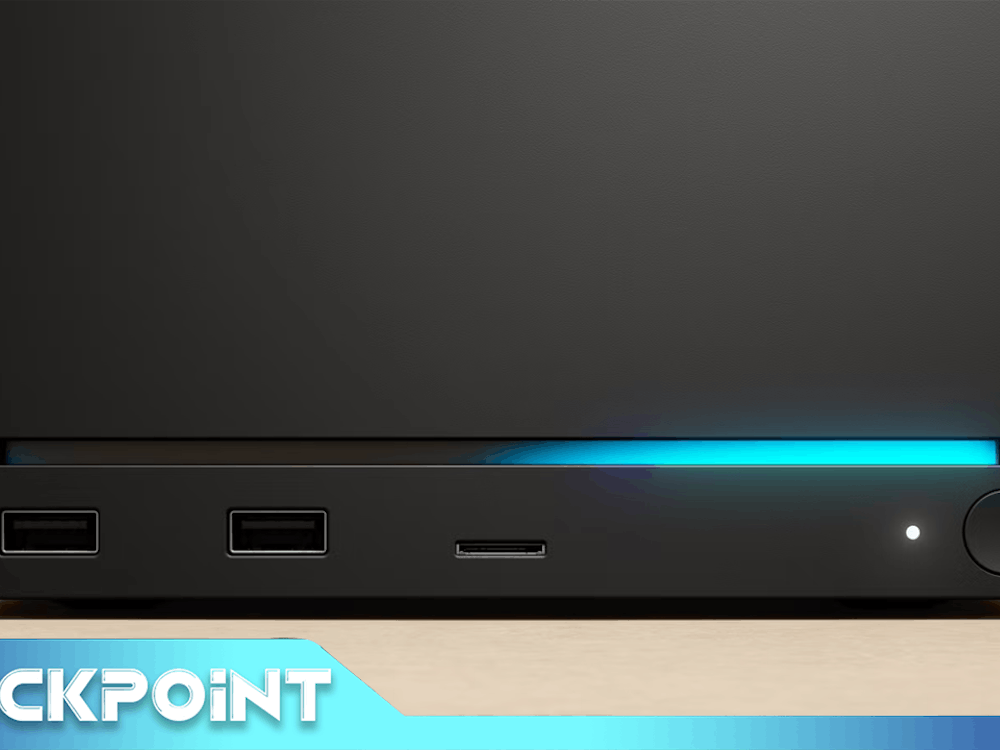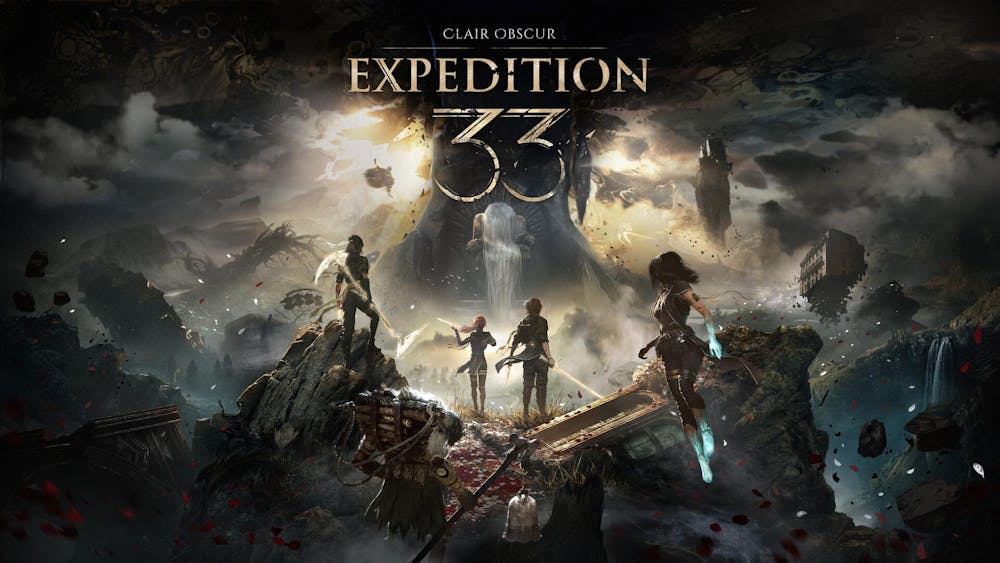The opinions and views expressed in this article are those of the author and do not reflect the opinion of Byte or Byte’s editorial board.
After expanding my horizon for games over the last several years, I’ve become open to many pleasant surprises. This time, the surprise is game studio Sandfall Interactive's first release, Clair Obscur: Expedition 33. Inspired by both turn-based Japanese role-playing games, and difficult real-time combat games, the French-made Expedition 33 delivers a refreshing combination of game mechanics as well as one of the most emotionally charged gaming stories I’ve had the privilege to experience in a while.
A Story on Every Canvas
I won’t get too into the nitty gritty of Expedition 33’s story, as I think it’s just something you have to experience for yourself, but here’s the short and sweet of it. In Lumiere, a fantastical version of Paris, a large monolith looms in the distance. Each year, a mysterious being known as the Paintress paints a giant number on the monolith, counting down from 100. When the new number is painted, all people above the age of said number die in an event known as the Gommage, and each year an increasingly younger team of expeditioners sets out on a journey towards the monolith to stop the Paintress from painting death again.

Expedition 33 follows the titular group, named after the current number displayed on the monolith, as they traverse a hostile continent infested with mysterious monsters known as Nevrons. The cast is stacked in this game, featuring Charlie Cox as Gustave, a hopeful expeditioner dedicated to those who come after; Jennifer English as Maelle, Gustave’s adopted younger sister; Ben Starr as Verso, a mysterious and charming figure; and the one and only Andy Serkis as Renoir, one of the game’s antagonists. All of the main cast of this game have wonderfully written and performed character arcs that directly connect to the game’s broader themes of legacy, sacrifice, and grief, and there is not a single character that feels underdeveloped.
Through a mysterious core narrative, complex and compelling characters, and deep and thoughtful thematic reflections, Expedition 33’s story is one of the best in recent memory, and for those worried about the gameplay, I would urge them to play this game on the lowest difficulty for the story alone, even if the additional gameplay challenges are some of my favorites in recent history as well. This narrative is actually the freshman outing of writer Jennifer Svedberg-Yen, and based on this game alone I can say that if she continues to write, then she will have a very accomplished career ahead of her.
Playing with Paint
Just as important to the experience as the narrative is Expedition 33’s gameplay, and oh boy is it inventive. It combines both turn-based combat with some real-time mechanics to provide some of the most engaging action in a game of this genre. Like many turn-based RPGs, you’re given turns to use skills to attack the enemy, as well as use a variety of restorative skills and items. Striking enemy weaknesses and landing critical hits help to land a swift victory, and your attributes can be upgraded through the use of skill points. However, the big difference in Expedition 33 occurs when it is the enemy’s turn. Many people’s main gripes with turn-based combat is that when an enemy attacks, they just have to “sit there and take it.” This is not the case with Expedition 33, as players have the opportunity to both dodge and parry most enemy attacks. In fact, this mechanic becomes almost mandatory in some later fights, as enemy attacks begin to deal massive damage, and a chance to reflect that damage back is an obvious advantage over getting one-shot. I won’t hyperbolize the game and say that this system is revolutionary or anything like that, but I will say that after having played a few other turn-based games, Expedition 33’s combat stands as the best.

Builds are also a key factor in the engaging nature of Expedition 33’s gameplay, as it is both important and satisfying to build around each party member’s strengths and weaknesses. One aspect of this is that each character has their own unique gimmick. For example, Gustave has a prosthetic arm that charges every time he blocks or deals damage. Once he gains 10 charges, you can use one of his skills to deal massive damage. Another gimmick is Verso, who has a “rating” system that gives him increased damage the more he deals damage or uses his skills, but he loses rank any time he gets hit.
The other key system of note here is the Pictos system. Pictos are equipable accessories that you can put on each character that carry both passive stat boosts, as well as a unique perk. After winning four battles with a Picto equipped, the perk then becomes a “Lumina,” which can then be assigned to any character based on an allotment of points. This system can get real crazy real fast, as you can easily have multiple Lumina perks chaining off of one another to allow for increased damage, recovery, or some sort of status buildup. Overall, Expedition 33’s unique and innovative gameplay makes it engaging from start to finish, and allows for some fairly motivating challenges in the endgame.
A Creative Vision
The bow that really ties everything together in Expedition 33 is its art and aesthetic. Environments are inspired by the art of Belle Époque France, and the Nevrons all look super unique, with their design translating to what kind of enemy they are. Environments are super varied as well, ranging from a sunken underwater city, to a frozen over train station, to even a sandy coliseum. What really stands out about Expedition 33’s art, though, is the music. Composed by Lorien Testard, the soundtrack of Expedition 33 combines small-scale orchestral elements, soft pianos, beautiful operatic vocals, and the occasional hardcore guitar and drums, to create a perfectly resonant score to this already beautiful world. Each song feels appropriate, from intense blood-pumping boss fight themes, to tranquil tracks to score your exploration of the overworld, and even to somber tracks to cover the game’s tearful finale. Overall, Expedition 33’s artistic direction is practically flawless, and helps to elevate the wonderful world Sandfall has created.
Final Exhibition
Clair Obscur: Expedition 33 is a breath of fresh air in a gaming landscape overburdened with troublesome questions. Amongst major AAA studios constantly laying off employees, game prices rising twice in 10 years, and marketable microtransactions infecting the DNA of existing franchises, Sandfall Interactive’s creation stands as a testament to just how far creativity and vision alone will get you. This is currently, and likely will continue to be, my favorite game of 2025.

Sources:
SandfallInteractive, SandfallInteractive, IMDB, IMDB, IMDB, IMDB, IMDB, Spotify
Photos:
Contact Ian Case with comments at ian.case@bsu.edu or on Instagram @iancasian




